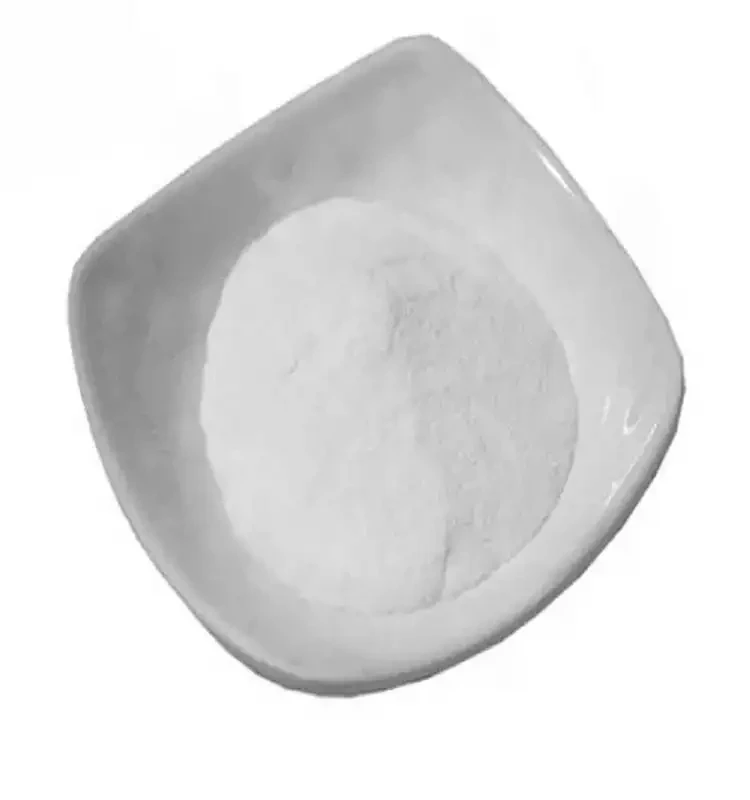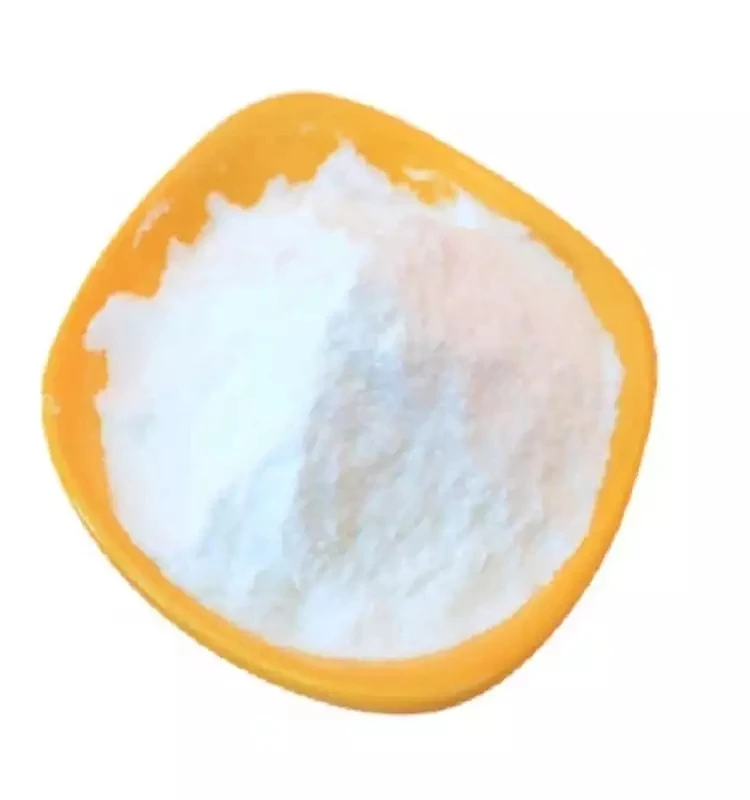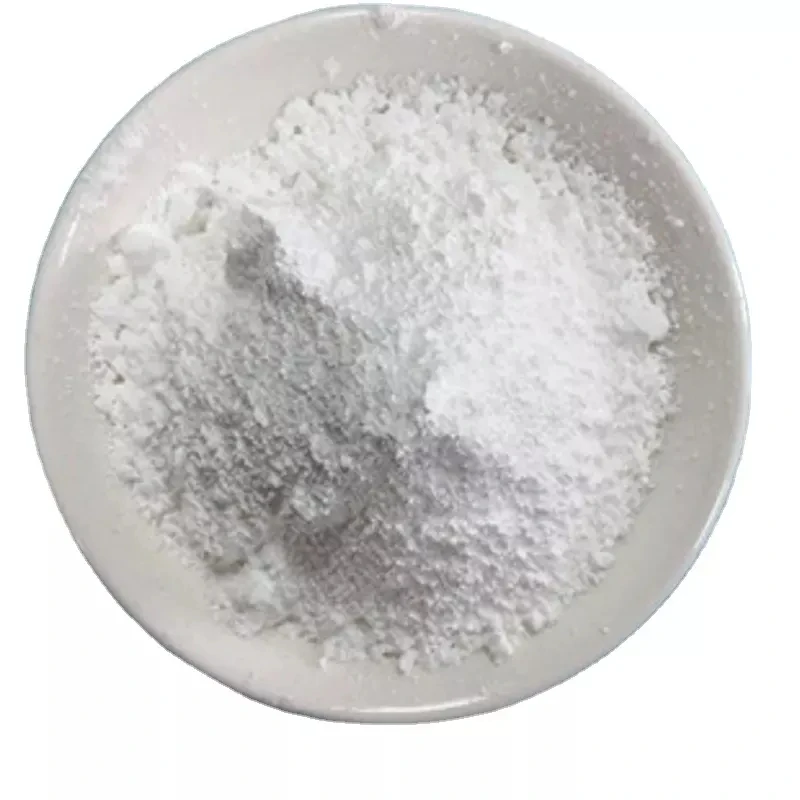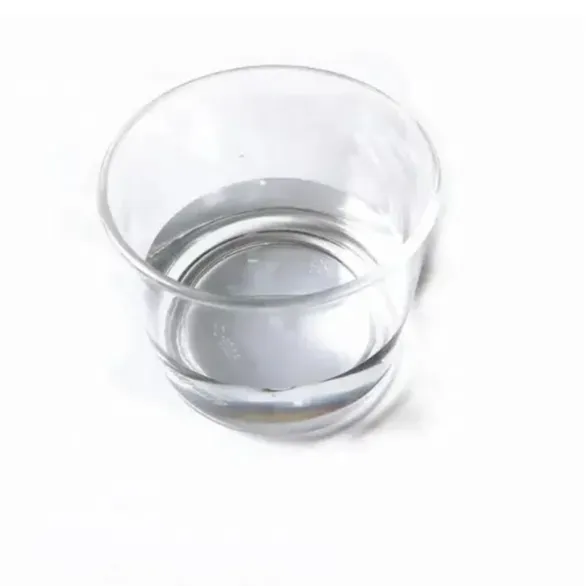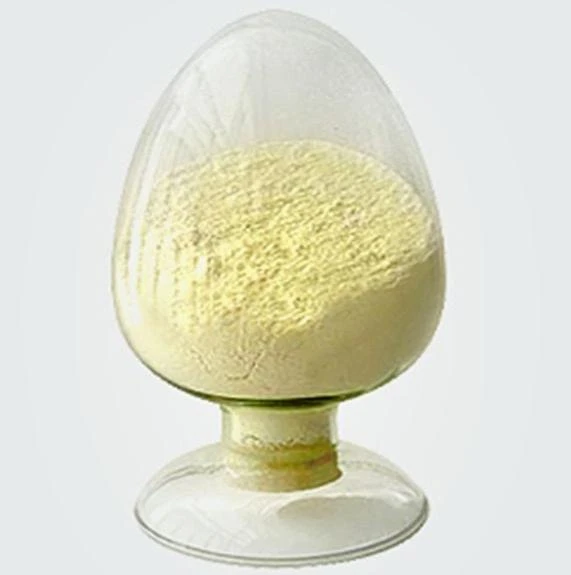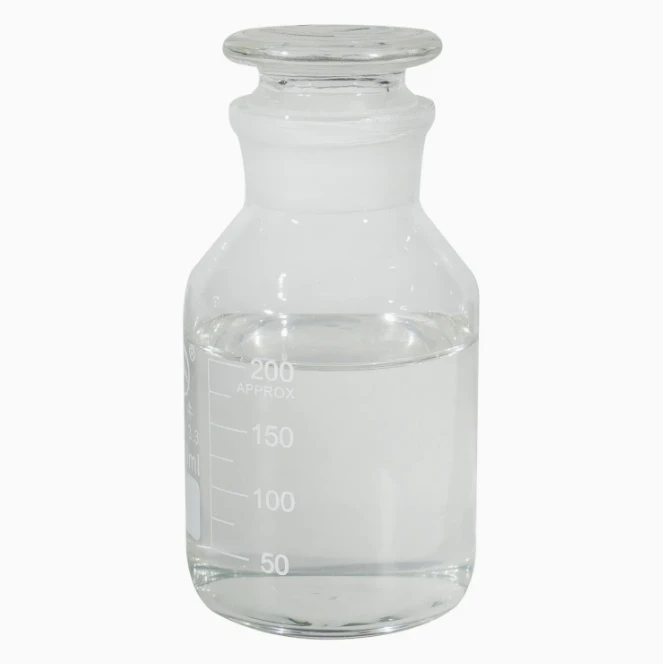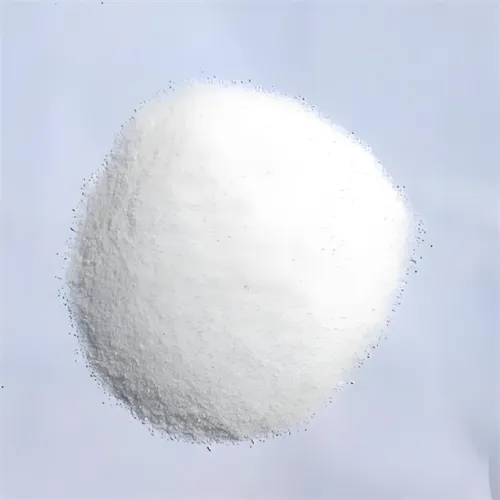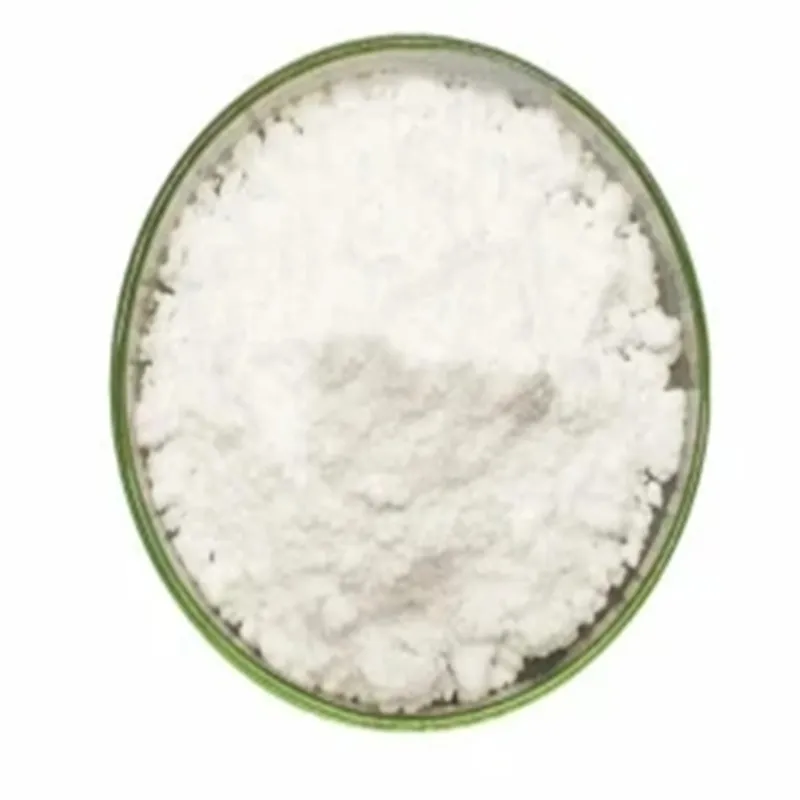Warning: Undefined array key "file" in /home/www/wwwroot/HTML/www.exportstart.com/wp-content/themes/1198/header.php on line 7
Warning: Undefined array key "title" in /home/www/wwwroot/HTML/www.exportstart.com/wp-content/themes/1198/header.php on line 7
Warning: Undefined array key "title" in /home/www/wwwroot/HTML/www.exportstart.com/wp-content/themes/1198/header.php on line 7
- ʻApelika
- Alapania
- Amahapika
- Apapika
- Ameniana
- Azerbaijani
- Pōkē
- ʻŌlelo Belarusa
- Penekali
- Ponia
- Pukalia
- ʻŌlelo Katalonia
- Cebuano
- Kina
- Kina (Taiwan)
- ʻŌlelo Kokia
- Koalia
- Keka
- Kenemaka
- Hōlani
- Pelekania
- ʻŌlelo Esperanto
- Ekekonia
- Pinilana
- Palani
- Frisian
- Kalikia
- Keokia
- Alemania
- Helene
- Kuhalaki
- ʻŌlelo Haiki
- Hauka
- ʻŌlelo Hawaiʻi
- Hepela
- ʻAʻole
- Miao
- Hunakalia
- ʻĀinahau
- igbo
- ʻInikonia
- Ipelana
- Ikalia
- Kepanī
- Kawanī
- Kanākā
- ʻŌlelo Kazaka
- Khmer
- Rwandan
- Kolea
- ʻŌlelo Kurdish
- ʻŌlelo Kyrgyz
- TB
- ʻŌlelo Lākni
- Lakiwiana
- ʻŌlelo Lituania
- ʻŌlelo Lukemapuka
- Makekoni
- Malgashi
- Mālei
- Mālealama
- Malkī
- ʻŌlelo Māori
- Malapi
- ʻŌlelo Monokolia
- Maianamara
- Nepali
- Nolewai
- Nolewai
- ʻOkitana
- ʻŌlelo Pashto
- Pelekia
- Pōlani
- Pukikī
- ʻŌlelo Punajabi
- Lomānia
- Lukia
- Sāmoa
- Gaelika Sekotia
- ʻŌlelo Serbia
- Pelekania
- Shona
- Kiniki
- Sinhala
- Kolowakia
- Kolewenia
- ʻŌlelo Somalia
- Kepania
- ʻōlelo Sunda
- Kawahili
- Kuekene
- Kakalo
- Tajika
- Kamili
- Tatar
- Keluku
- Kailani
- Tureke
- ʻŌlelo Kuleke
- Ukrainian
- Urdu
- Uighur
- ʻUzbek
- Vietnamese
- Welsh
- Kokua
- Yiddish
- Yoruba
- Zulu
Heparin Sodium
Heparin sodium, an anticoagulant, is a mucopolysaccharide. It is a sodium salt of glucosamine sulfate extracted from the intestinal mucosa of pigs, cattle and sheep. It is secreted by mast cell in the human body and naturally exists in the blood. Heparin sodium has the function of preventing platelet aggregation and destruction, inhibiting the transformation of fibrinogen into fibrin monomers, inhibiting the formation of thromboplastin and antagonizing the formed thromboplastin, preventing the transformation of prothrombin into thrombin, and antagonizing thrombin.

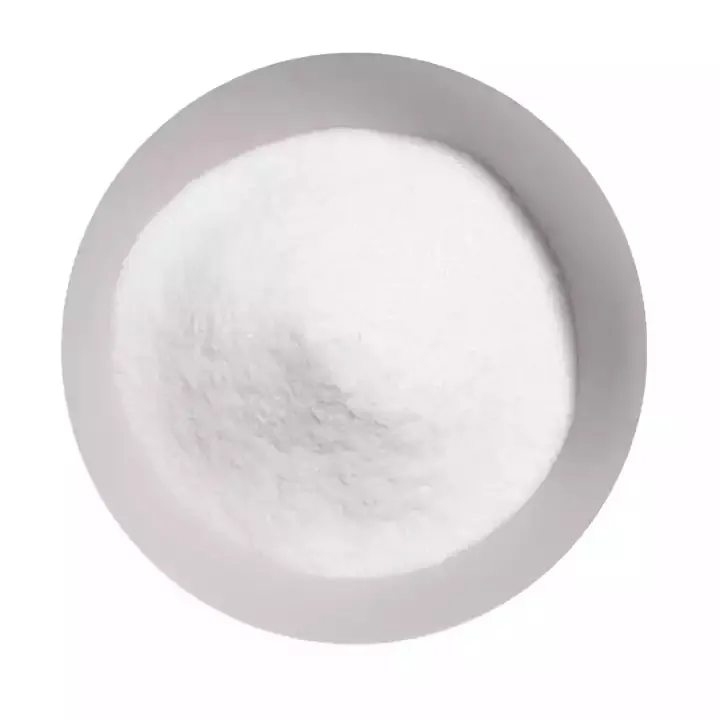
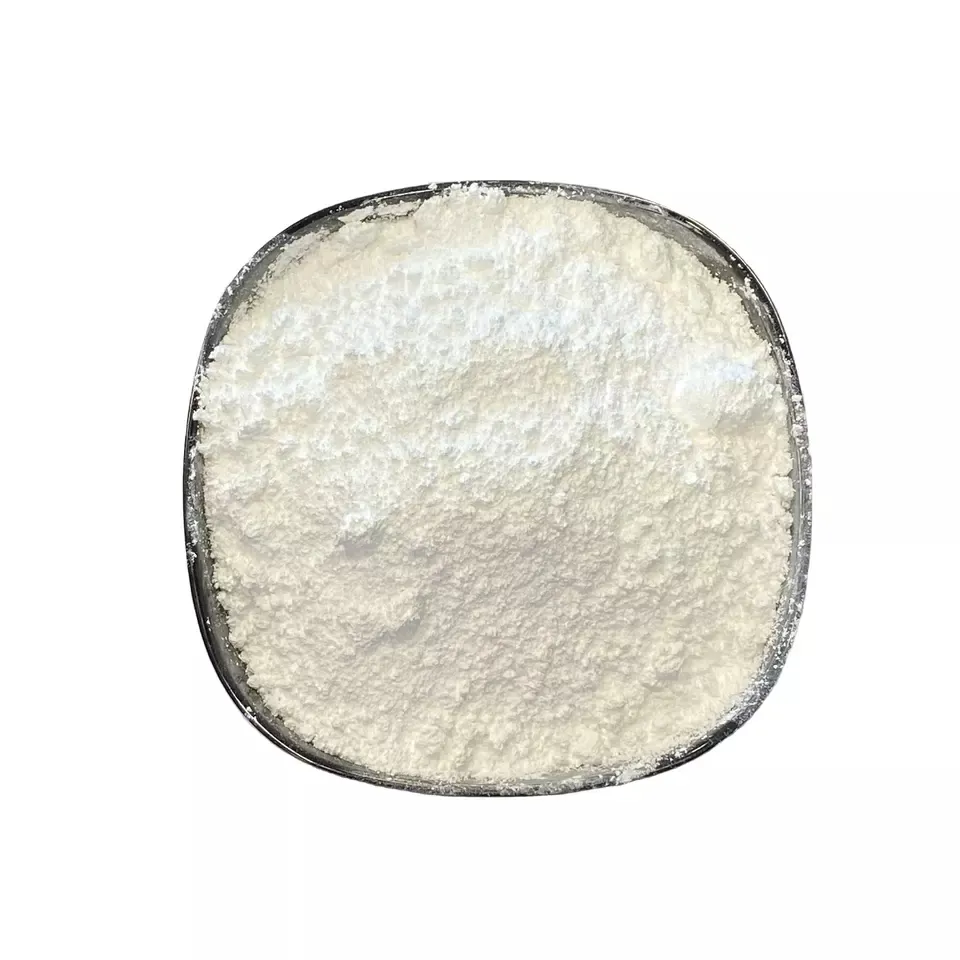
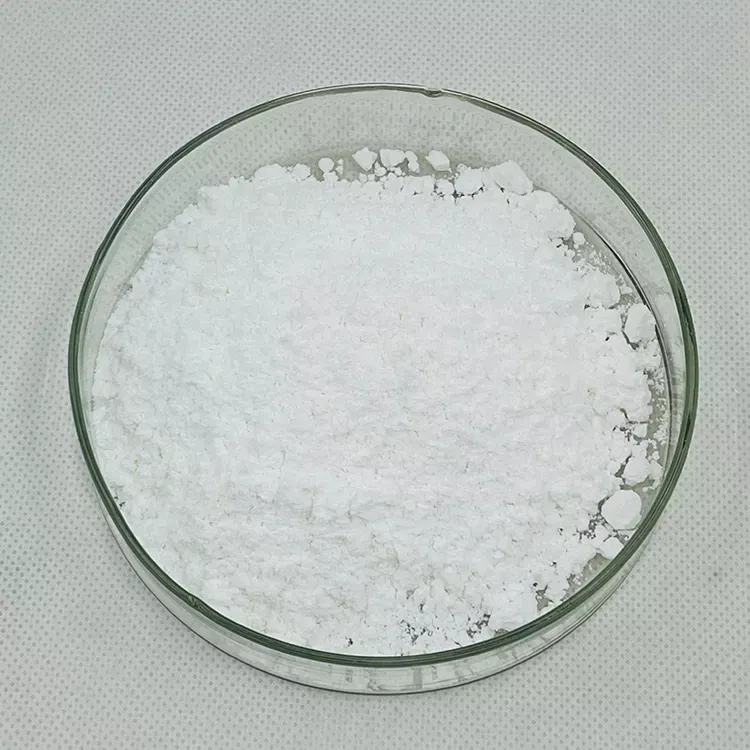
1. Biochemical studies; used for preventing the conversion of prothrombin into thrombin; has blood anti-thrombosis effect.
2. For the delay and prevention of blood clotting.
3.Heparin sodium salt is a mucopolysaccharides biochemical medicine extracted from porcine small intestinal mucosa with strong anticoagulant activity. Mclcan found it from the liver tissue of dog in the study of the clotting mechanism. Brinkous et al proved that heparin having anticoagulant activity. After the first application of heparin as an anticoagulant in clinical filed, it has drawn worldwide attention. With a strong anticoagulant effect, heparin is the primary choice for prevention and treatment of deep vein thrombosis and other thrombotic diseases.
1. The treatment of various diseases concurrent disseminated intravascular coagulation early.
2. Prevention of arterial and venous thrombosis and pulmonary embolism.
3. Treatment of arterial and venous thrombosis and pulmonary embolism, ischemic stroke, unstable angina
(to alleviate the symptoms, prevention of myocardial infarction), acute myocardial infarction (prevention of
early reinfarction and infarct extension, reduce mortality).
4. The artificial lung, peritoneal dialysis or hemodialysis as anticoagulants.
5. thrombolytic therapy as maintenance therapy.
6. Heparin lithium used for the prevention of blood coagulation and blood bank transfusion of blood and
other body save my save.
Loaʻa iā mākou nā hale hana kiʻekiʻe me ka pilina hohonu, hiki iā ia ke hāʻawi iā ʻoe i nā huahana kiʻekiʻe a me nā kumukūʻai hoʻokūkū. A hiki iā mākou ke hāʻawi i nā uku no nā kūʻai nui. A ke hui pū nei mākou me nā ʻoihana lawe ukana ʻoihana he nui, hiki ke hāʻawi i nā huahana me ka palekana a me ka maʻalahi i kou mau lima. ʻO ka manawa hoʻouna ma kahi o 3-20 mau lā ma hope o ka hōʻoia ʻana o ka uku.
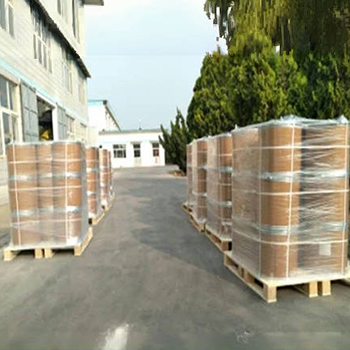



|
检验项目 'ikamu |
Nā kūlana |
检验结果 test result |
|
Ka nana aku |
White or almost white hygroscopic powder |
Hoʻokō |
|
Solubility |
Freely soluble in water |
Hoʻokō |
|
Identification A |
It delays the clothing of recalcified citrated sheep plasma. |
Hoʻokō |
|
Identification B |
1H-NMR |
Hoʻokō |
|
Identification C |
In the chromatogram of related substance, the principal peak obtained with test solution is similar in retention time and shape to the principal peak in the chromatogram obtained with reference solution. |
Hoʻokō |
|
Identification D |
It complies with the test for sodium |
Hoʻokō |
|
Appearance of solution |
A: The solution is clear. |
Hoʻokō |
|
B: The solution is not more intensely coloured than reference solution Y5. |
Hoʻokō |
|
|
PH |
5.5~8.0 |
7.3 |
|
Nucleotidic impurities |
Absorbance at 260 nm: ≤0.15 |
0.041 |
|
Protein |
≤0.5%(Dried substance) |
0.06% |
|
Related substances |
Dermatan Sulfate+Chondroitin Sulfate: not more than the area of the peak due to dermatan sulfate and chondroitin sulfate in the chromatogram obtained with reference solution (e)(2.0%) |
<0.1% |
|
Any other impurity: No peaks other than the peak due to dermatan sulfate+chondroitin sulfate are detected |
ʻinoʻino |
|
|
Nitrogen |
1.5%~2.5%(Dried substance) |
2.10% |
|
Sodium |
10.5%~13.5%(Dried substance) |
11.90% |
|
Nā metala kaumaha |
≤30ppm |
Hoʻokō |
|
Loss on drying |
≤8.0% |
1.00% |
|
Becterial endotoxins |
<0.01 IU/IU |
Hoʻokō |
|
Protency |
|
156 IU/mg |
|
Potency(dried substance) |
≥150 IU/mg(Dried substance) |
158 IU/mg |
|
Specific rotation |
≥+50° |
:+55° |
|
Molecular weight determinations |
Mw: 15,000~ 19,000Da; M24000~≤20%; ~ ≥1.0 |
15100 11% 2.3 |
|
Residual solvents |
Ethanol≤4500ppm |
1298ppm |
|
Microbial contamination |
A: TAMC≤10 CFU/g TYMC≤10 CFU/g B: Specified micro organisms Escherichia coli: negative Salmonella: negative Pseudomonas aeruginosa: negative |
<10 CFU/g <10 CFU/g Negative Negative negative |
|
Detection conclusion |
Comply with the EP & In-house specification. |
|
Heparin sodium salt, used as an anticoagulant, is a mucopolysaccharide substance, is the sodium salt form of glucosamine sulfate extracted from the intestinal mucosa of pigs, cattle, and sheep. It is secreted by mast cells to be naturally presented the blood inside the human bodies. Heparin can prevent platelet aggregation and destruction, inhibit the conversion from fibrinogen to fibrin monomers, inhibit the formation of thromboplastin and fight against the pre-formed thromboplastin, and also prevent the conversion of prothrombin to thrombin and counteract the antithrombin.
Heparin sodium can delay or prevent blood clotting both in vivo and in vitro. Its mechanism of action is extremely complex and has an impact on many aspects of the coagulation process. Its function is:
1,to inhibit the formation and action of coagulation activating enzymes, thereby preventing the transformation of prothrombin into thrombin;
2,At high concentrations, it has the effect of inhibiting thrombin and other coagulation factors, hindering the transformation of fibrinogen into fibrin;
3,It can prevent the aggregation and destruction of platelet chemobooks. In addition, the anticoagulant effect of heparin sodium is still related to the negatively charged sulfate ions in its molecules. Positive charged alkaline substances such as protamine or toluidine blue can neutralize its negative charge, thus inhibiting its anticoagulant effect. Due to the activation and release of lipoprotein esterase by heparin in the body, it hydrolyzes the triglycerides and low-density lipoprotein of chyle particles, resulting in a lipid-lowering effect.

1. He hale hana ʻoe a he hui kālepa paha?
He compnay mākou e hoʻohui i ka ʻoihana a me ke kālepa, e hāʻawi ana i ka lawelawe hoʻokahi. Hiki ke ʻae ʻia ʻo OEM.
2. Hāʻawi anei ʻoe i nā laʻana? He manuahi a keu paha?
Free samples.The sample's freight fee Pono e uku ma kou aoao.
3. Loaʻa iā ʻoe nā palapala hōʻoia e pili ana i ka mana maikaʻi?
ISO 9001: 2008 palapala hōʻoia e hōʻoia i ka maikaʻi.
4. He aha kaʻu e hāʻawi ai e kiʻi i kahi ʻōlelo?
E haʻi mai ʻo Pls iā mākou i ke ʻano huahana āu e pono ai, ka nui o ke kauoha, ka helu a me nā koi kikoʻī. E hana ʻia ka ʻōlelo no kāu kuhikuhi i ka manawa.
5. He aha ke ʻano o ka uku uku āu e makemake ai? He aha ke ʻano o nā ʻōlelo i ʻae ʻia?
ʻAe ʻia nā ʻōlelo hoʻouna: FOB, CFR, CIF, EXW;
ʻAe ʻia ke kālā uku:USD;
ʻAno uku i ʻae ʻia: T / T, Western Union; Paypal, Hōʻoia Kūʻai.
ʻŌlelo i ʻōlelo ʻia: English.
Māhele huahana
-
 May . 07, 20252025 New York Cosmetics Ingredients ExhibitionThe much-anticipated 2025 Cosmetics Ingredients New York will be held at the Javits Center in New York from June 3 to 4, 2025. This event will bring together industry leaders, innovators and enthusiasts from all over the world to discuss the latest trends and advances in the field of cosmetic ingredients.
May . 07, 20252025 New York Cosmetics Ingredients ExhibitionThe much-anticipated 2025 Cosmetics Ingredients New York will be held at the Javits Center in New York from June 3 to 4, 2025. This event will bring together industry leaders, innovators and enthusiasts from all over the world to discuss the latest trends and advances in the field of cosmetic ingredients. -
 Apr . 27, 2025Zibo will host the 2025 International Chemical ExpoZibo, a city known for its thriving chemical industry, will host the 2025 Zibo International Chemical Expo from May 16 to May 18, 2025. This highly anticipated event aims to bring together industry leaders, innovators and stakeholders from around the world to explore the latest advancements and trends in the chemical industry.
Apr . 27, 2025Zibo will host the 2025 International Chemical ExpoZibo, a city known for its thriving chemical industry, will host the 2025 Zibo International Chemical Expo from May 16 to May 18, 2025. This highly anticipated event aims to bring together industry leaders, innovators and stakeholders from around the world to explore the latest advancements and trends in the chemical industry. -
 Apr . 22, 20252025 Yokohama Cosmetics Raw Materials and Technology ExhibitionYOKOHAMA, Japan – The City of Yokohama is preparing to host the much-anticipated Cosmetics Ingredients & Technologies 2025 from May 14 to May 16, 2025. The premier event is expected to attract industry professionals, innovators and enthusiasts from around the world to showcase the latest advancements in cosmetic ingredients and technologies.
Apr . 22, 20252025 Yokohama Cosmetics Raw Materials and Technology ExhibitionYOKOHAMA, Japan – The City of Yokohama is preparing to host the much-anticipated Cosmetics Ingredients & Technologies 2025 from May 14 to May 16, 2025. The premier event is expected to attract industry professionals, innovators and enthusiasts from around the world to showcase the latest advancements in cosmetic ingredients and technologies.




